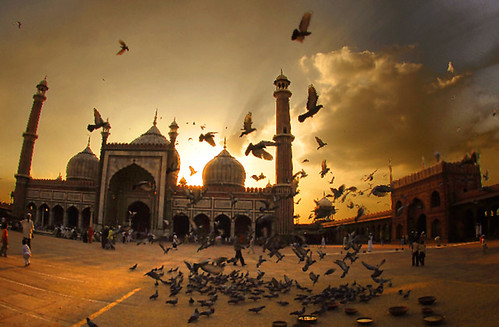ONGC Videsh Ltd, the overseas arm of state-owned Oil and Natural Gas Corp (ONGC), is likely to invest .45 billion in an oil block in Iraq that was awarded to it by the erstwhile Saddam Hussein regime.
“The service exploration and production contract for Block-8 have been concluded and the agreement is likely to be signed in the next couple of months,” an official said.
Block-8, located in the western desert in southern Iraq bordering Saudi Arabia, was awarded to OVL in November 2000 by the then Saddam Hussein government. However, the government formed after the US invasion of the oil-rich country, sought re-negotiation of the contract which has now been concluded. The block already has a discovery and is estimated to hold 645 million barrels of reserves, of which 54 million are recoverable, he said adding OVL has committed investing million in two phases of explo ration and .45 billion in development of the reserves thereafter.
The contract would be a service contract wherein OVL will be paid about 18 per cent rate of return on its investment. The official said OVL was also considering bidding for the six producing oilfields Iraq has put on offer in its first licensing auction.
The official said Iraqi law allows foreign firms to hold a maximum of 75 per cent stake in the oilfields put on offer. The six producing oil fields on offer are: Kirkuk and Bai Hassan in the north, North and South Rumaila, West Qurna-I, Zubair and the three Meissan fields in the south. Besides, two gas fields — Akas in the western Anbar desert and the Mansooriya field in northeast of Baghdad, are also on offer.
 Reliance Communications (RCOM) Q4 FY09 Results and Highlights
Reliance Communications (RCOM) Q4 FY09 Results and Highlights 


